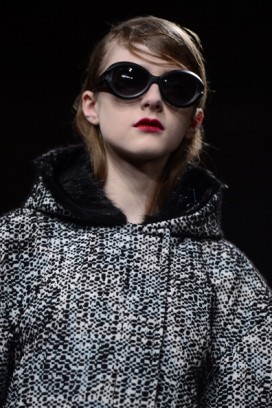Yesterday Farfetch.com, the ecommerce site that acts like a portal between global consumers and global independent boutiques, both editing their offerings and connecting either side, announced $20m in new funding, largely from Condé Nast International. A few days before, Luxup, a UK-based ecommerce travel site that aimed to create a “club” of tourists eager for insider shopping experiences, ceased trading. When such things happen in parallel, it’s tempting to try to find lots of lessons in the news.
What are they? Read more







 Older entries
Older entries
 Vanessa has been the FT’s fashion editor since 2003, and is based in New York, though she lived in London for 12 years.
Vanessa has been the FT’s fashion editor since 2003, and is based in New York, though she lived in London for 12 years.